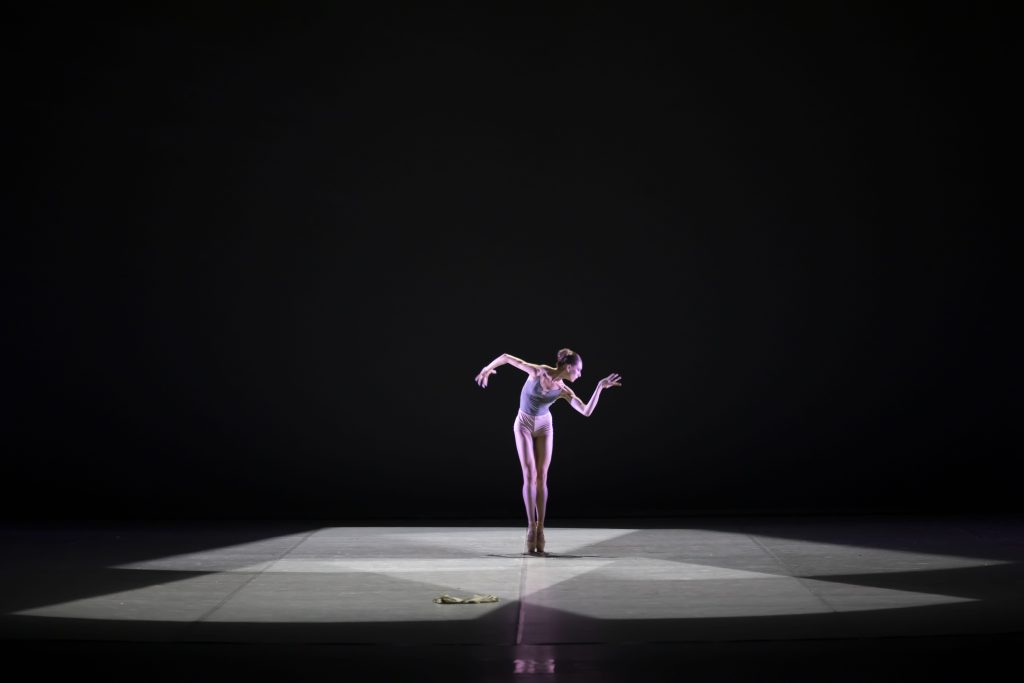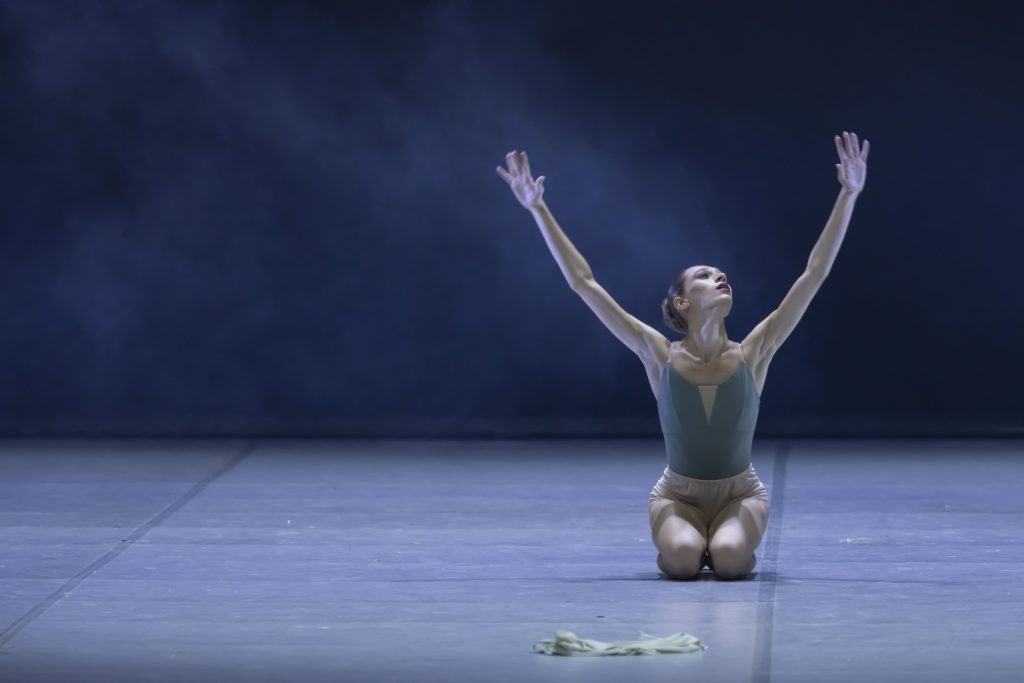For young dancers, one of the greatest challenges worldwide is trying to secure a contract with a company after completing the first stage of their studies. Many cannot overcome this critical hurdle and fail to join a renowned company. Ezgi Toydemir, a graduating classical ballet student (BBGP 2023 Senior category 3rd place) at the Hungarian Dance University, which organizes the Budapest Ballet Grand Prix, performed a powerful choreography by Noémi Kulcsár on this topic. The piece was presented at the exam concert held at the Hungarian State Opera House, and it was tremendously successful.
Seeing Ezgi Toydemir’s memorable performance raises an important question: how many talented young dancers see their promising careers fail simply because they cannot secure a contract with a company that supports their further development? At the same time, Toydemir and many of her peers—both recent and former graduates of Budapest’s Hungarian Dance University (HDU)—are proof that the institution stands out internationally: over 90% of the university’s successful graduates go on to join prestigious professional companies, a rate well above the global average.

Photoy by Pál Csillag
We spoke about this sensitive and important topic with Noémi Kulcsár, the choreographer of Ezgi Toydemir’s piece and one of the leading faculty members at the Hungarian Dance University. A Harangozó Gyula Award-winning choreographer, dancer, and associate professor, Kulcsár began her professional dance career in Hamburg and Munich, and since 2005, she has worked as a freelance dancer and choreographer in Hungary.
“This is an interesting choreography, and I think one of the reasons it was so successful is because it’s very timely, and Ezgi was also excellent in it,” said Noémi Kulcsár. “She performed it fantastically, danced it in a captivating way. She was able to convey real emotions on stage because she herself has experienced it multiple times — going to auditions and getting rejected. Fortunately, her story turned out well, as she received a significant opportunity with the ballet company of the opera in Łódź, Poland. After facing rejection, what can also matter is that young people often become a bit more experienced after going through such traumas. Meanwhile, here at the university, together with my fellow instructors, we strongly support them. We talk about their experiences, analyze the situations, and afterwards, even using our personal connections if needed, we help them.”
It is also well known that there are few boys in the world of ballet, which is precisely why — it might be fair to say — the situation for girls is extremely difficult. The choreography also reflects on this issue.
“Yes, this has naturally affected me as well, as many companies are actively seeking male dancers, which makes it extremely difficult for female dancers to find positions—even if they are highly skilled and beautiful performers. As the director of a dance company, I also face this reality. As far as I can see, however, the Hungarian Dance University stands out by providing a high-level, methodical classical ballet education while also placing strong emphasis on modern and contemporary styles, even within the classical ballet specialization. This allows our graduates to enter the professional dance world with a comprehensive and versatile skill set. From the first years of their studies, students gain significant practical experience, performing in productions such as The Nutcracker, participating in exams, and even working as interns with companies. We train them to become true dance artists, and this approach appears to be very successful.”

Indeed, as they say in sports: “What matters is what’s on the scoreboard!”
And the results clearly speak in favour of the Hungarian Dance University.


























